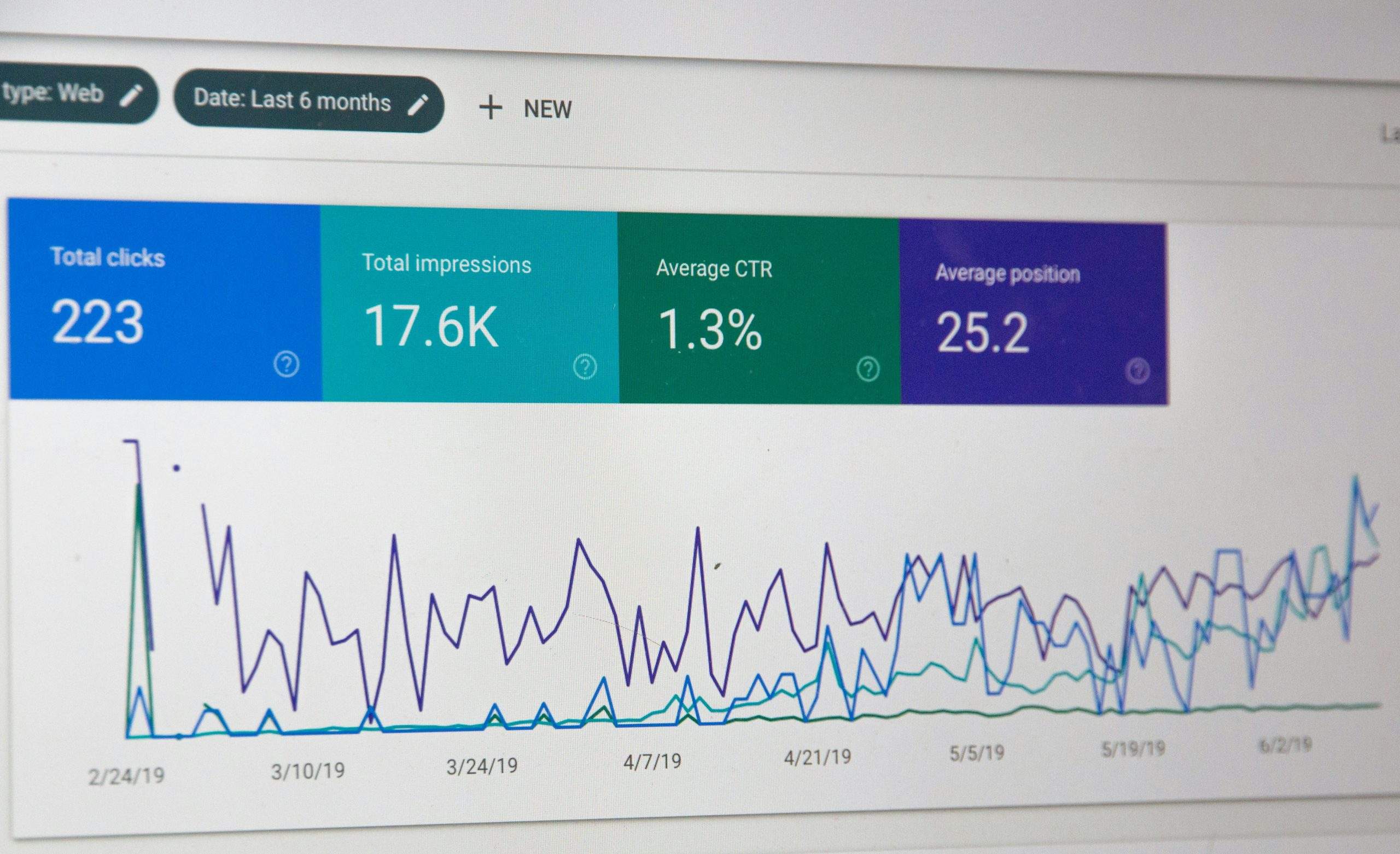
What is Generative Engine Optimization (GEO), and how does it relate to SEO?
In the ever-evolving landscape of digital marketing, a new term has emerged that promises to revolutionize how businesses approach search engine optimization (SEO). Enter Generative Engine Optimization (GEO), a cutting-edge technique that combines artificial intelligence with traditional SEO strategies to enhance online visibility and drive organic traffic. Imagine a world where your website not only ranks higher on search engine results pages but also generates dynamic content tailored to user intent in real-time. GEO offers precisely that – a personalized and engaging experience for users while boosting your website’s performance in the competitive digital realm.
Understanding Generative Engine Optimization (GEO)
Understanding Generative Engine Optimization (GEO) involves leveraging advanced algorithms to create dynamic content that shifts and adapts based on user interactions. Unlike traditional SEO, which focuses on static content optimization, GEO goes beyond keywords to tailor content in real-time for each individual visitor. By understanding user intent and behavior, GEO can provide a more personalized and engaging experience, ultimately leading to higher conversion rates.
One key aspect of GEO is the ability to generate countless variations of content dynamically, ensuring that no two users have the same experience. This hyper-personalization creates a sense of individuality for users and fosters greater engagement with the website or platform. Additionally, GEO allows for rapid A/B testing and iterative improvements based on user responses, enabling continuous optimization for better performance.

The Relationship Between GEO and SEO
The relationship between GEO and SEO is a critical one in the world of digital marketing. While SEO focuses on optimizing content for search engines like Google, GEO takes this a step further by personalizing content based on geographic locations. This personalized approach ensures that users see information relevant to their specific region, increasing engagement and conversions.
By incorporating GEO into your SEO strategy, you can tailor your content to resonate with local audiences, making it more likely to appear in geographically-focused searches. This targeted approach not only improves user experience but also enhances brand visibility in specific regions. Ultimately, the synergy between GEO and SEO empowers businesses to connect with their target audiences on a deeper level, driving traffic and boosting overall online presence.
Benefits of Implementing GEO Strategies
Implementing GEO strategies offers numerous benefits to businesses looking to enhance their online presence. Firstly, GEO enables companies to create highly targeted and localized content, catering specifically to the needs and interests of their target audience in different geographic locations. This approach not only improves the relevance of the content but also boosts engagement and conversion rates.
Secondly, incorporating GEO strategies can help businesses gain a competitive edge in local search results. By optimizing for location-specific keywords and utilizing geo-targeted advertising campaigns, companies can increase their visibility within their target regions. This not only drives more relevant traffic to their websites but also increases the chances of attracting qualified leads and customers from specific geographical areas.
Furthermore, GEO strategies facilitate better understanding of regional trends and preferences, allowing businesses to tailor their marketing initiatives according to diverse regional contexts effectively. This intelligence enables organizations to create personalized experiences for users based on their location, leading to higher satisfaction levels and increased brand loyalty. By harnessing the power of GEO optimization, businesses can reach new audiences while strengthening connections with existing ones on a more localized scale.

Challenges and Limitations of GEO
One significant challenge faced in Generative Engine Optimization (GEO) is the complexity of the algorithms involved. As GEO relies on AI and machine learning technologies to generate content, understanding and fine-tuning these algorithms can be a daunting task for marketers and SEO professionals alike. Additionally, ensuring that the generated content aligns with brand messaging and tone can be a struggle, as there may be discrepancies that require manual intervention.
Another limitation of GEO is the potential for ethical concerns surrounding automated content creation. While efficient in scaling content production, using AI algorithms to generate text raises questions about authenticity and transparency. Without careful oversight, there is a risk of producing misleading or inaccurate information that could damage trust with your audience. Balancing automation with human curation remains a key challenge for businesses utilizing GEO in their SEO strategies.
Case Studies of Successful GEO Implementation
One notable case study of successful GEO implementation comes from a leading e-commerce company that integrated generative content into their product pages. By dynamically updating product descriptions based on customer reviews and preferences, they saw a significant increase in conversion rates and customer engagement. This personalized approach not only improved their search engine visibility but also enhanced the overall user experience.
Another fascinating example is a travel agency that utilized GEO to create highly targeted destination guides for different traveler personas. By analyzing user behaviors and preferences, they were able to tailor content recommendations in real-time, resulting in a substantial boost in website traffic and bookings. This strategic use of dynamic content generation not only elevated their SEO performance but also established them as an authority in the travel industry, setting them apart from competitors.

Conclusion: Embracing the Future of SEO
In conclusion, embracing the future of SEO means recognizing the shifting landscape of search engine algorithms and user behavior. With the evolution of Generative Engine Optimization (GEO), SEO professionals must adapt to a more dynamic and personalized approach to content optimization. By understanding GEO’s role in leveraging AI and machine learning technologies, businesses can stay ahead in delivering tailored experiences that resonate with their target audience.
Looking ahead, embracing the future of SEO also entails a deeper integration of data analytics and consumer insights into search strategies. With GEO’s ability to analyze vast amounts of data in real-time, there is a significant opportunity for brands to create hyper-targeted campaigns that not only drive traffic but also foster meaningful relationships with customers. Embracing this future requires agility, creativity, and an unwavering commitment to delivering valuable content that cuts through the digital noise and connects authentically with audiences.



